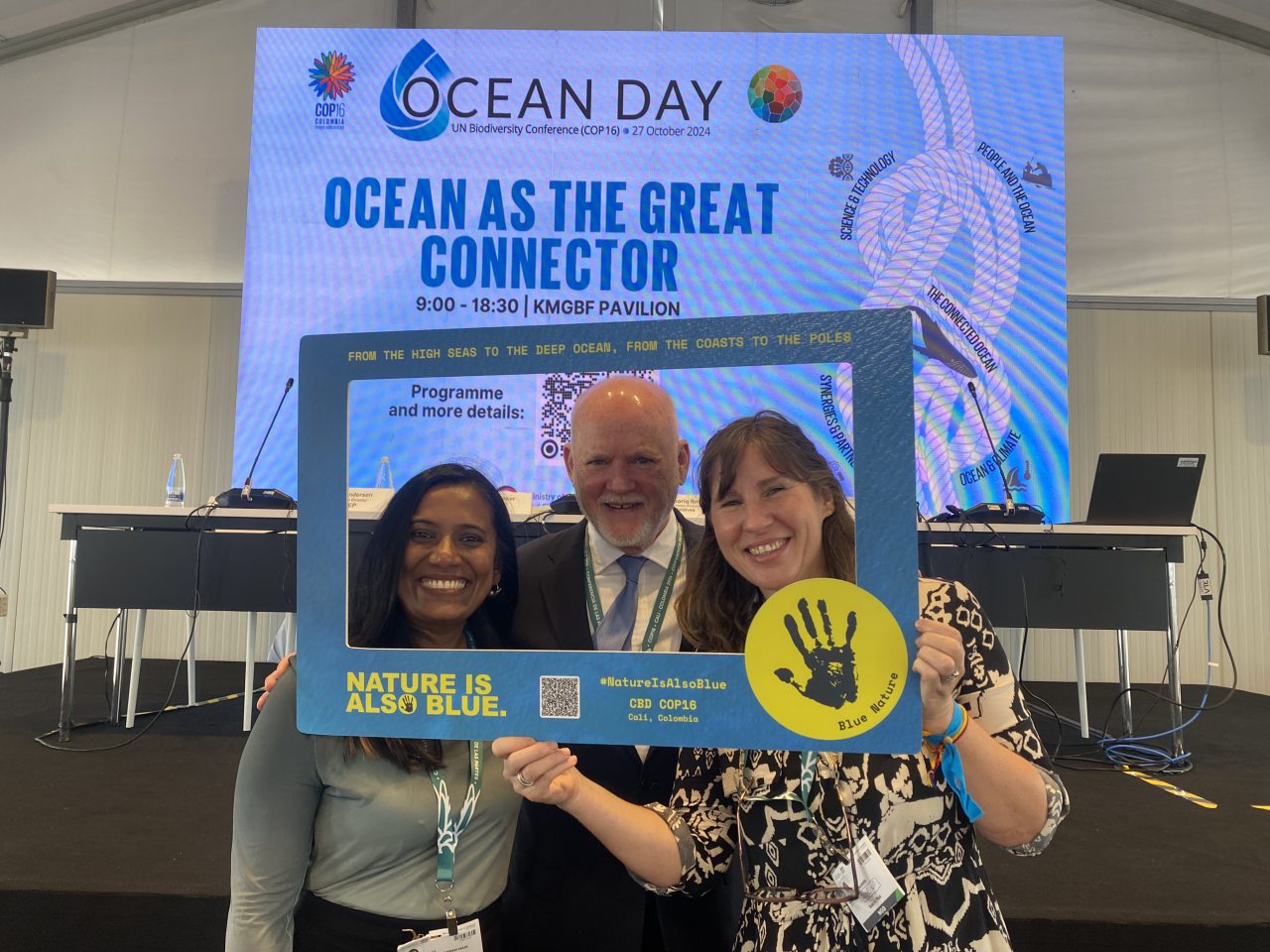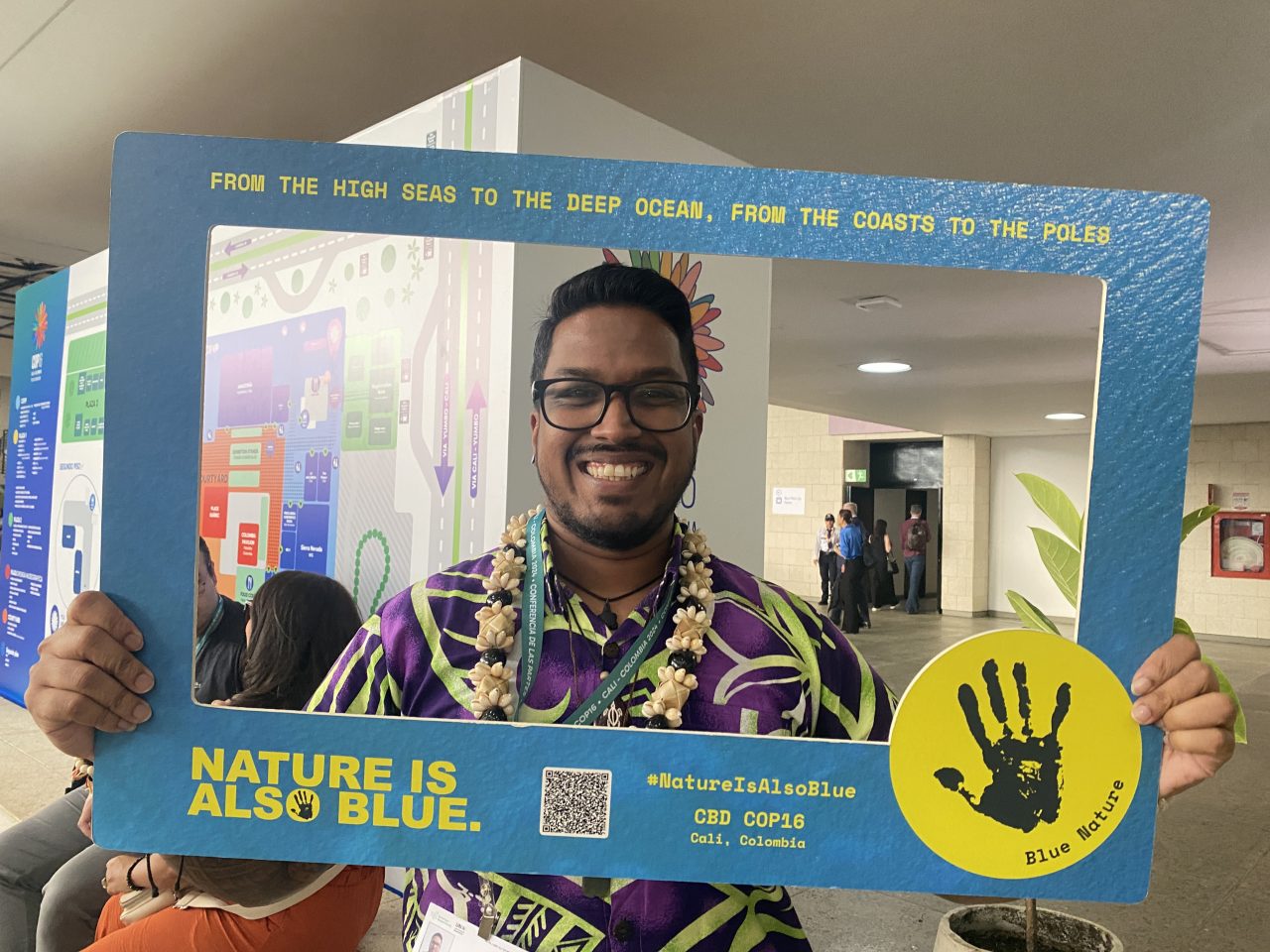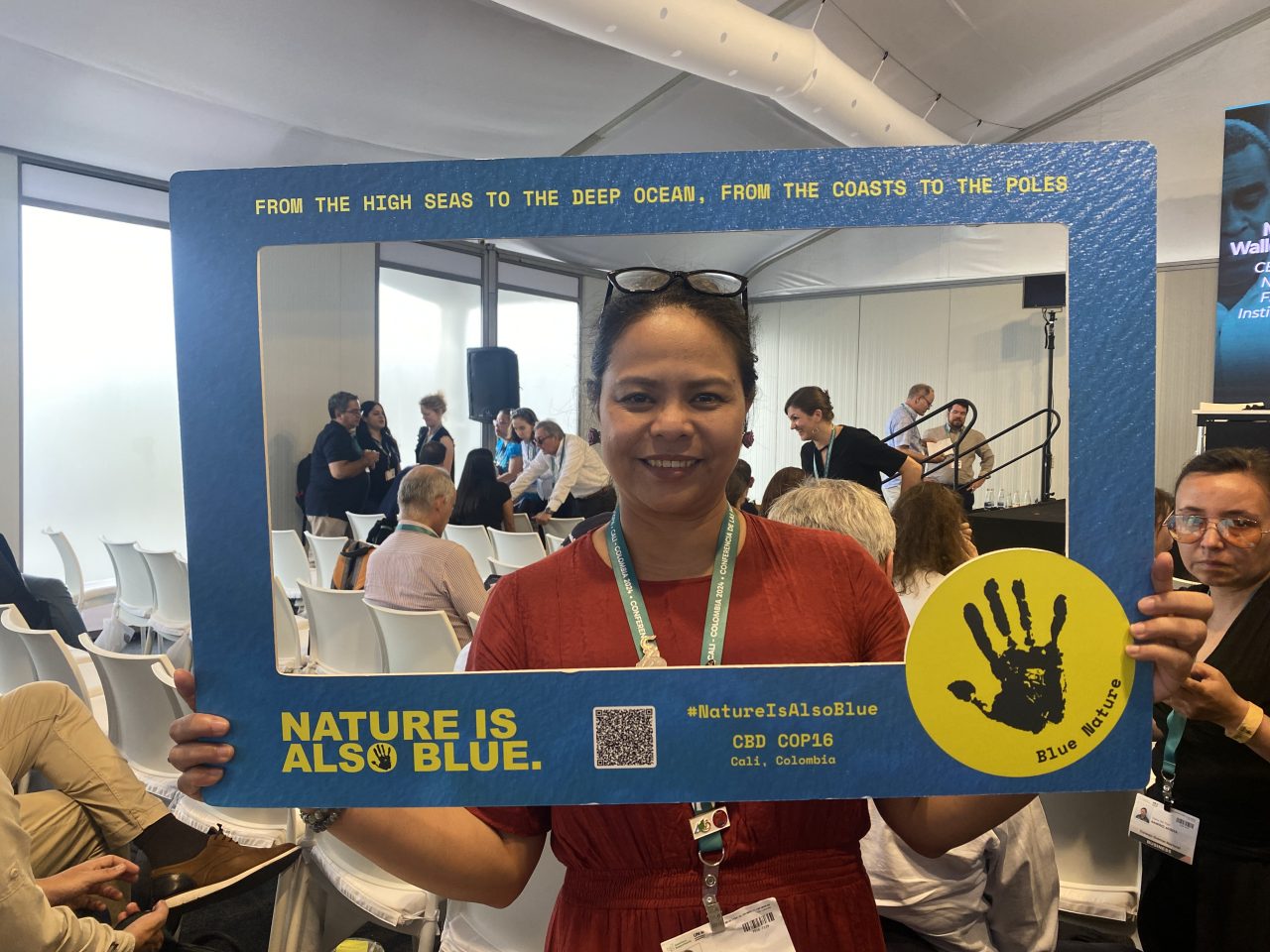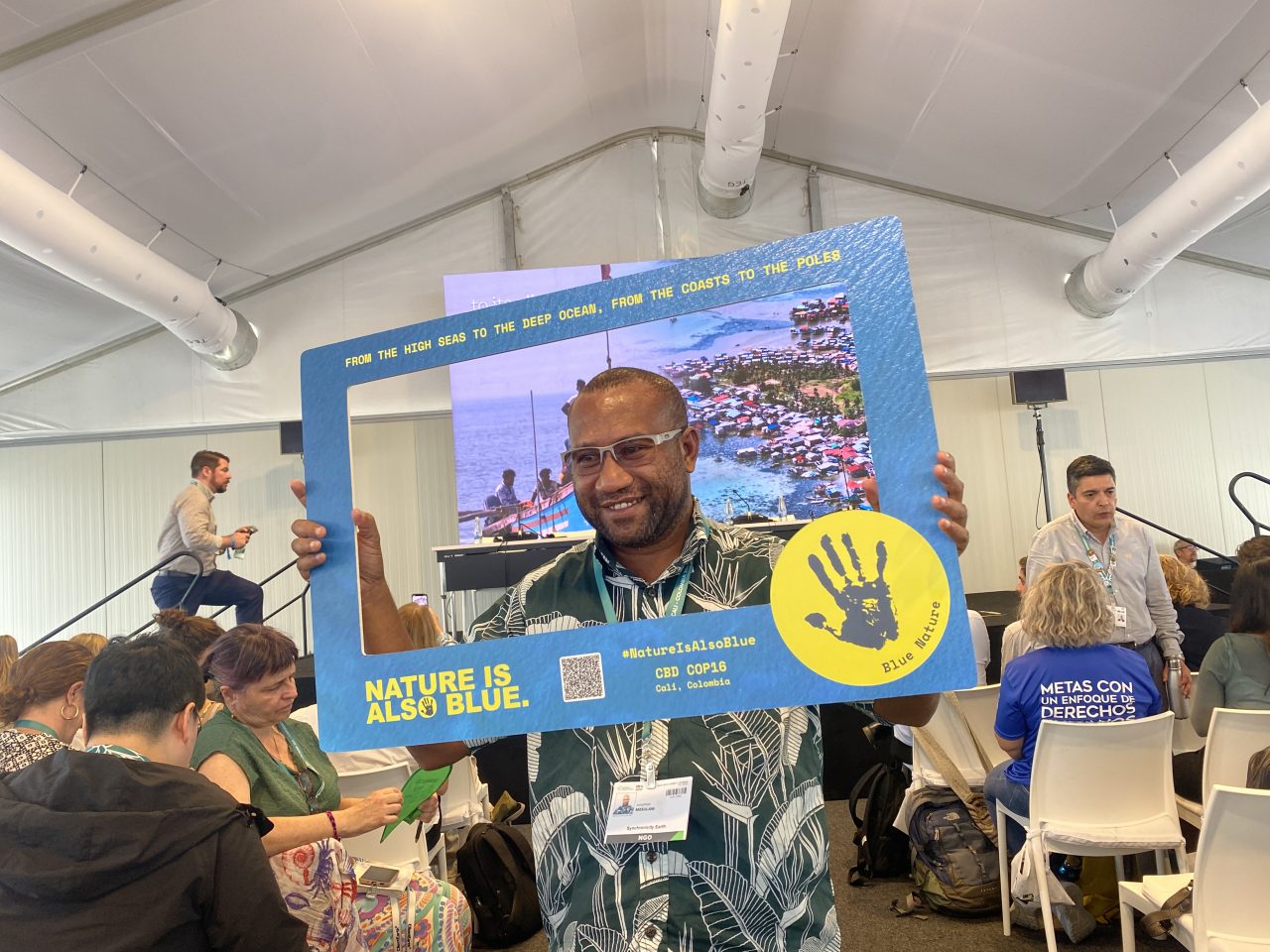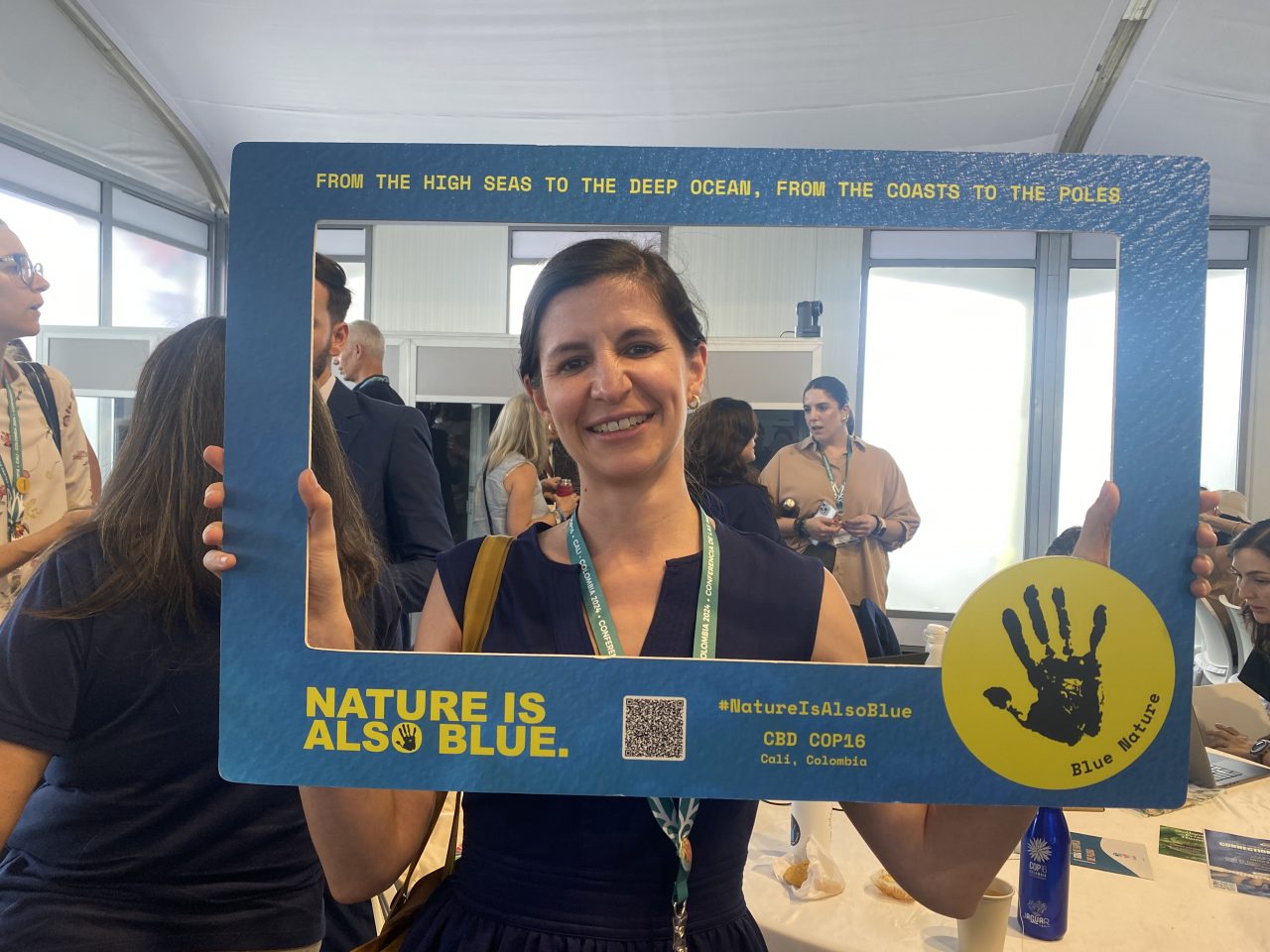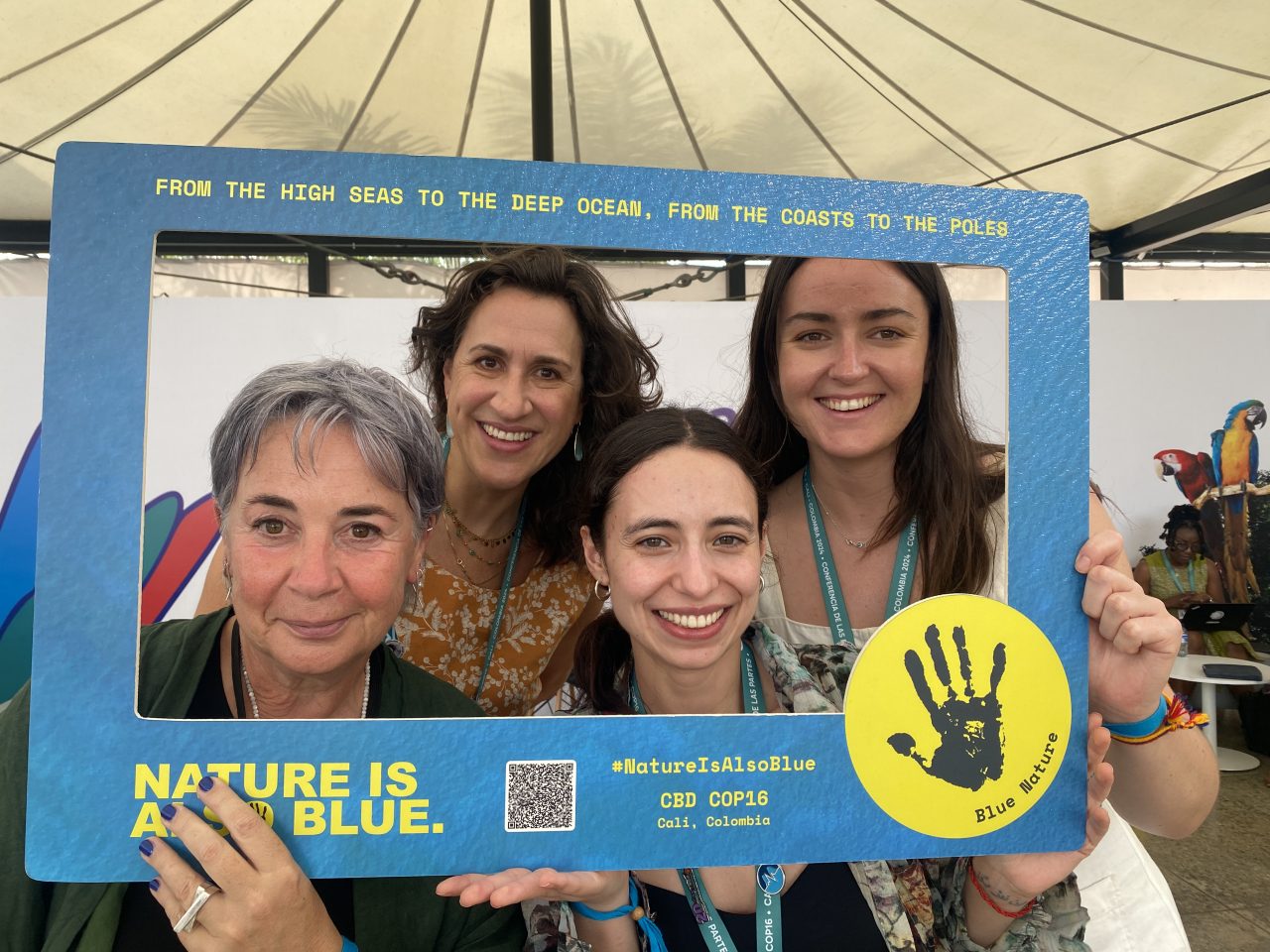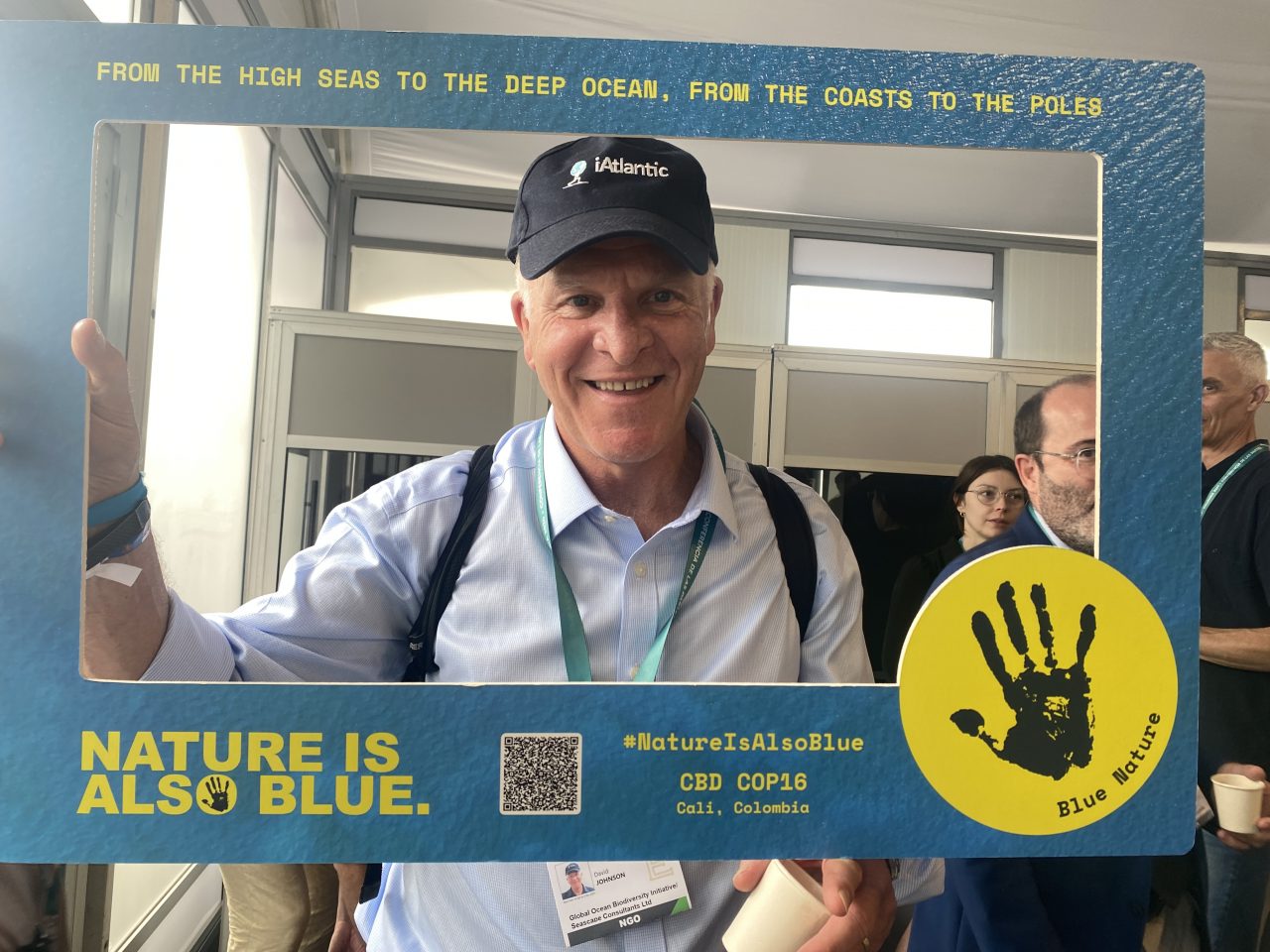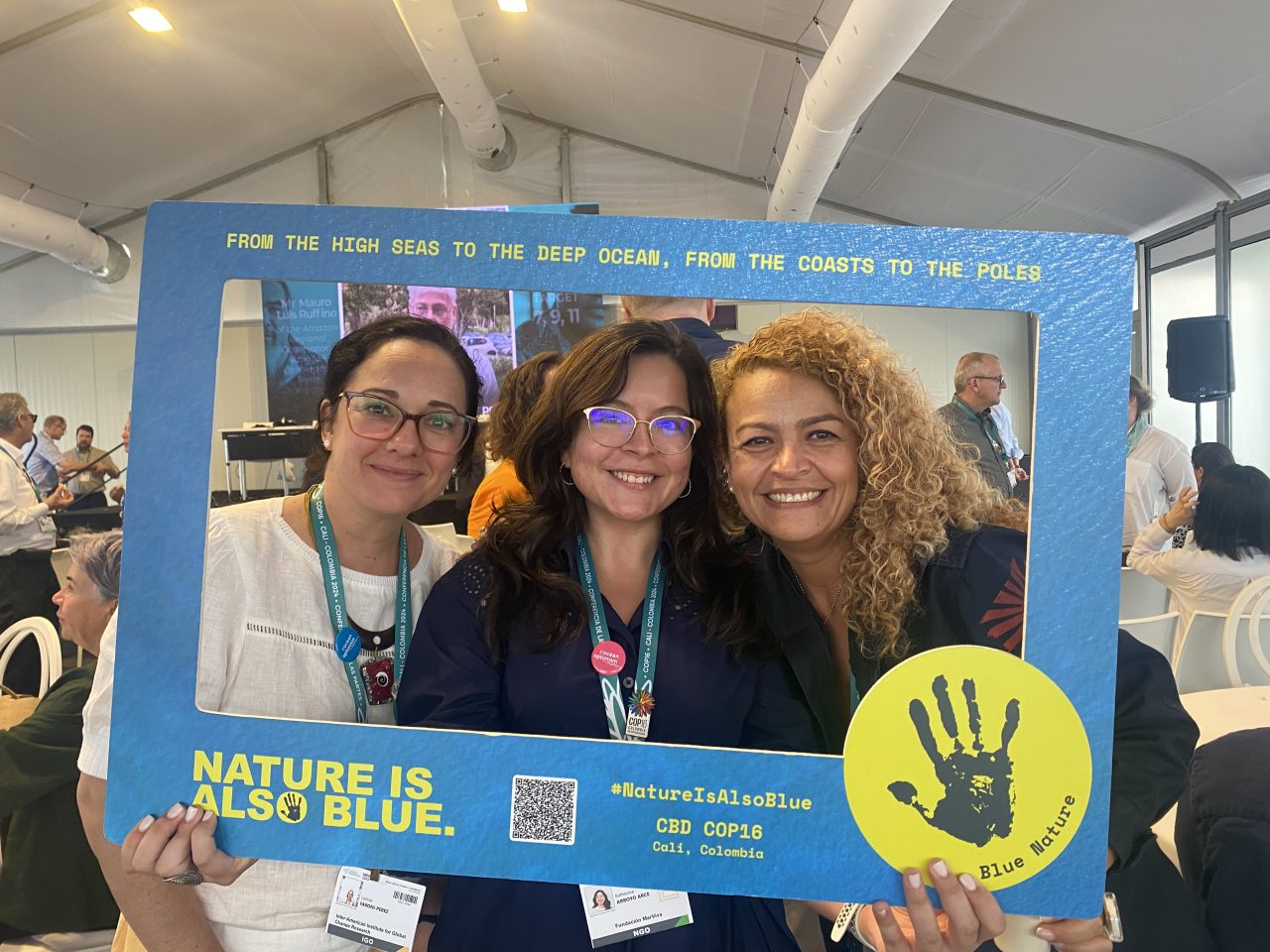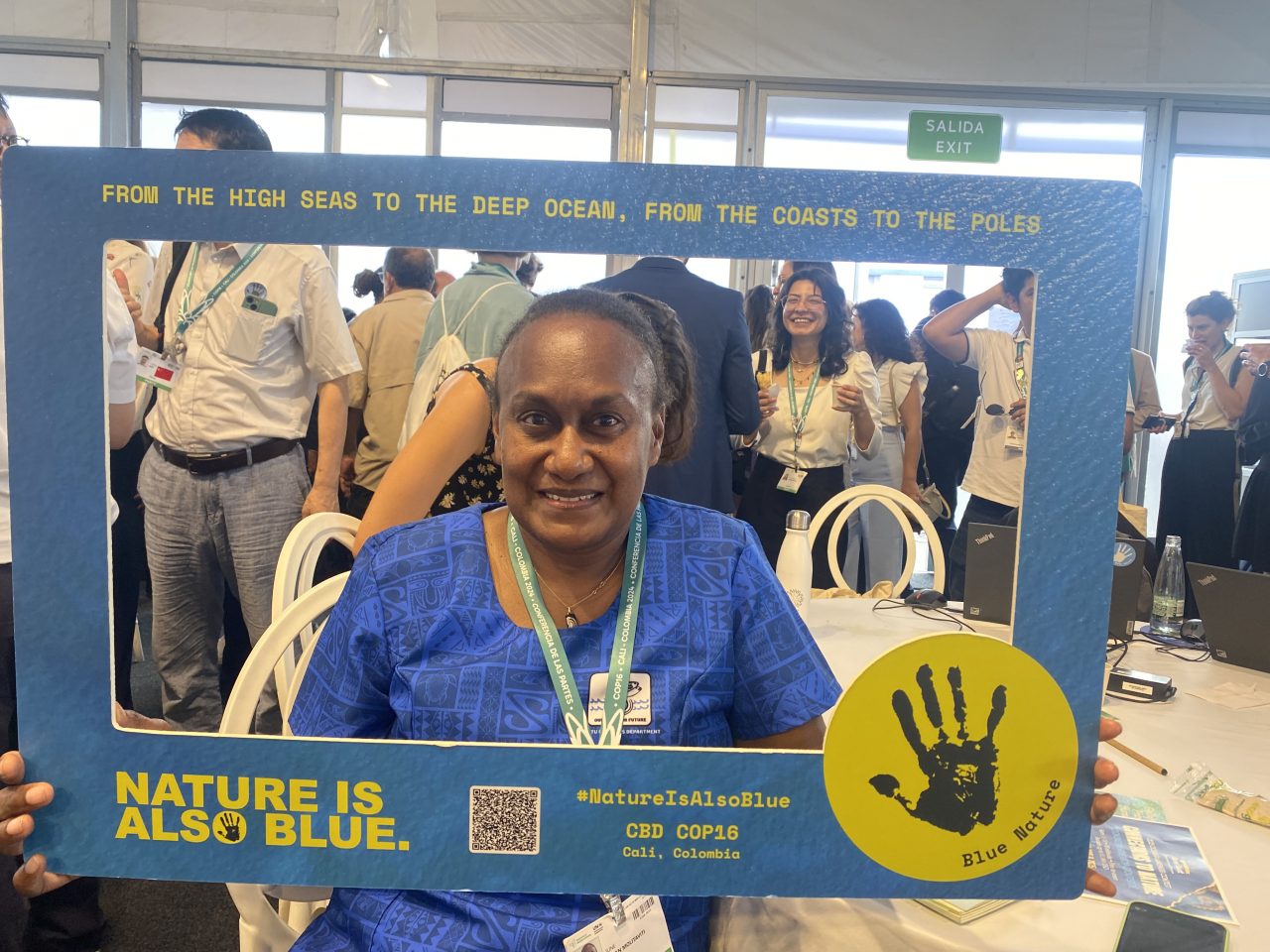Ocean Day at COP16 in Cali, Colombia, was an inspiring moment for the ocean community, bringing together leaders, Indigenous representatives, environmental advocates, and youth voices—all united by a shared understanding that Nature Is Also Blue. The day highlighted the ocean’s central role in achieving the Kunming-Montreal Global Biodiversity Framework (GBF) and its ambitious goals for our planet’s future.
Here are the top highlights from this powerful gathering:
1. A Powerful Opening to Ocean Day
The high-level opening of Ocean Day set the tone, with speakers reminding us that the ocean is not just part of the conversation on biodiversity but central to it. As the Executive Secretary of the Convention on Biological Diversity (CBD), Astrid Schomaker, noted, “The ocean connects people, cultures, economies, and ecosystems,” and yet, ocean health is often an afterthought. She challenged us to look beyond targets and think about how everyday activities on land impact our ocean.
2. Inspiring Words from Global Leaders
Inger Andersen, Executive Director of the United Nations Environment Programme, highlighted the dual need for marine protection and innovation, emphasising that “the ocean is the giver of life.” She called on governments and private sectors alike to increase investment in marine nature-based solutions, which currently receive only 9% of nature financing. Andersen warned of emerging threats like deep-sea mining and plastic pollution, pressing for swift, coordinated action to safeguard ocean ecosystems.
Thoriq Ibrahim, Minister of Climate Change, Environment and Energy of Maldives, shared how the ocean defines island life, providing vital resources but also making island nations vulnerable to global changes. Despite the challenges, he celebrated the Maldives’ commitment to protect 30% of its marine ecosystems by 2030, underscoring that halting biodiversity loss is essential not only for island nations but for the entire world.
3. Practical Approaches to Achieving 30×30
Peter Thomson, UN Secretary-General’s Special Envoy for the Ocean, reminded us that achieving the 30×30 target—protecting 30% of the ocean by 2030—requires practical steps. Citing the Azores as an example of a large Marine Protected Area (MPA) that overcame political challenges, he acknowledged the ongoing tensions between conservation and sustainable use. This balance, he argued, is key to creating effective, large-scale MPAs across High Seas areas.
4. Reinforcing the Ocean’s Importance in the Global Biodiversity Framework
Razan Al Mubarak, President of the International Union for Conservation of Nature (IUCN) and UN Climate Change High-Level Champion, echoed the importance of integrating ocean priorities within the broader biodiversity agenda, noting that over half of the global population relies on the ocean.
Vidar Helgesen, Executive Secretary of the Intergovernmental Oceanographic Commission of UNESCO, emphasised that ocean ecosystems are facing unprecedented pressures, from increased warming and acidification to the alarming rise in “dead zones.” The UN Ocean Decade offers a critical opportunity to bridge knowledge gaps and generate the data needed to guide effective ocean policy. As he noted, “If we do the right things for ocean biodiversity, we contribute to the well-being of the entire planet.”
5. Recognising Fishers as Stewards of Biodiversity
Representatives, including Mrs. Universe Humassi-Lawrence from Micronesia, emphasised that fishers, especially small-scale fishers, are not just users of ocean resources but stewards of biodiversity. These communities hold invaluable knowledge and play an essential role in conservation efforts, from adapting fishing practices to protecting marine habitats. The session underscored the need to elevate their voices and include them in decision-making processes affecting ocean policy.
6. Ocean-Based Solutions for Climate and Biodiversity
The afternoon’s “Ocean Breakthroughs” session launched the drive to achieve a series of positive tipping points to turn the tide on ocean degradation and contribute to net zero. The Breakthroughs cover marine conservation, energy, shipping, and tourism. Experts discussed:
- Marine Ecosystems: Protecting critical ecosystems like mangroves, coral reefs, and seagrasses, which are key to climate resilience.
- Aquatic Foods: Sustainable management of fisheries to provide efficient protein sources with low emissions.
- Renewable Energy: Ensuring that green energy projects like offshore wind are compatible with biodiversity goals and helping to deliver on net zero.
- Shipping: Reducing fossil fuel dependency and adapting ports to climate impacts.
- Coastal Tourism: Investing in ways to manage tourism sustainable for the benefit of local communities and ecosystems.
7. The Ocean’s Role in a Thriving, Sustainable Future
As COP16 continues, the discussions from Ocean Day will resonate throughout the negotiations. Protecting the ocean means safeguarding interconnected ecosystems and our planet’s future. This year, the ocean community rallied together, making COP16 a true Blue COP. The message is clear: Nature Is Also Blue, and achieving the Kunming-Montreal Global Biodiversity Framework depends on a thriving, resilient ocean.
For more on how ocean conservation is shaping global biodiversity efforts, visit our feature on What’s at Stake for the Ocean at COP16.
